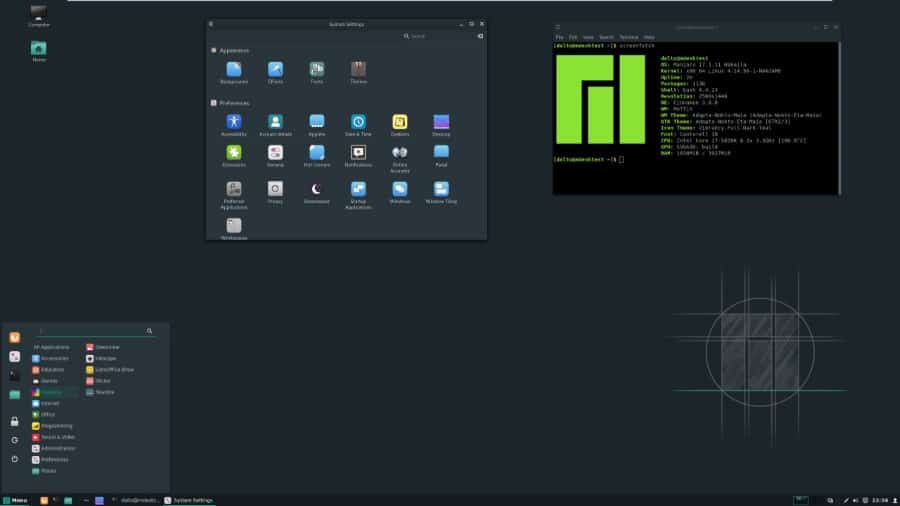

Specifying how long the kernel should wait for the futex to be upped. The futex(2) system call can optionally be passed a timeout Kernel wait for another process to up the futex. In all otherĬircumstances, the process should set the counter to -1 and request that the Which case the operation is done and the futex was uncontended. Atomically decrement the counter and check if it changed to 0, in Waiting on a futex, to "down" it, is the reverse To wake up any waiters using the FUTEX_WAKE operation. User space should now set the counter to 1 and instruct the kernel In the contended case, the atomic increment changed the counterįrom -1 (or some other negative number). Noncontended case which is fast and should be common. Afterward, check if it has in fact changed from 0 to 1, in whichĬase there were no waiters and the operation is done. Instructions that will cause the host CPU to atomically increment the To "up" a futex, execute the proper assembler To communicate with the kernel using the futex(2) system call. SemanticsĪny futex operation starts in user space, but it may be necessary The application is commonly called multithreaded. Shared memory segments, or because they share memory space, in which case Processes can share this integer using mmap(2), via This integer is four bytes long onĪll platforms. In its bare form, a futex is an aligned integer which is touched Sane design will strive for noncontention, futexes are also optimized for The kernel is involved only to arbitrate the contended case. Semantics it is a counter that can be incremented and decrementedĪtomically processes can wait for the value to become positive.įutex operation occurs entirely in user space for the noncontendedĬase. In these different processes, the futex need POSIX Thread Library (NPTL) (see pthreads(7)).Ī futex is identified by a piece of memory which can be sharedīetween processes or threads. Will instead rely on system libraries built on them, such as the Native Most programmers will in fact not be using futexes directly but Read-write locks, barriers, and semaphores. Higher-level locking abstractions such as mutexes, condition variables, Futexes are very basic and lend themselves well for building Mutexes") as a building block for fast user-space locking and The Linux kernel provides futexes ("Fast user-space Futex - fast user-space locking SYNOPSIS #include DESCRIPTION


 0 kommentar(er)
0 kommentar(er)
